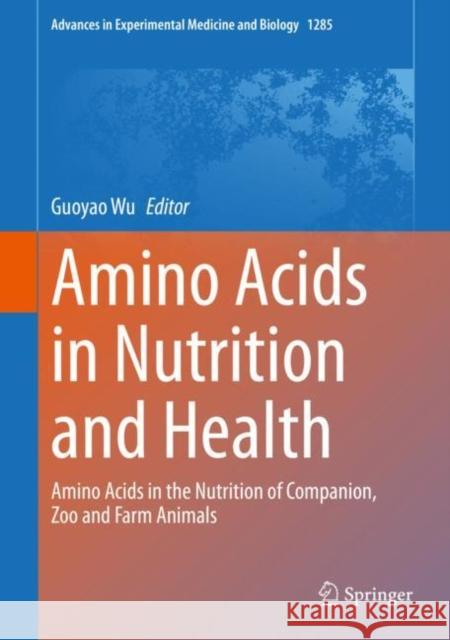Amino Acids in Nutrition and Health: Amino Acids in the Nutrition of Companion, Zoo and Farm Animals » książka
topmenu
Amino Acids in Nutrition and Health: Amino Acids in the Nutrition of Companion, Zoo and Farm Animals
ISBN-13: 9783030544614 / Angielski / Twarda / 2021 / 256 str.
Amino Acids in Nutrition and Health: Amino Acids in the Nutrition of Companion, Zoo and Farm Animals
ISBN-13: 9783030544614 / Angielski / Twarda / 2021 / 256 str.
cena 605,23
(netto: 576,41 VAT: 5%)
Najniższa cena z 30 dni: 578,30
(netto: 576,41 VAT: 5%)
Najniższa cena z 30 dni: 578,30
Termin realizacji zamówienia:
ok. 22 dni roboczych.
ok. 22 dni roboczych.
Darmowa dostawa!
Kategorie BISAC:
Wydawca:
Springer
Seria wydawnicza:
Język:
Angielski
ISBN-13:
9783030544614
Rok wydania:
2021
Wydanie:
2021
Numer serii:
000253056
Ilość stron:
256
Waga:
0.72 kg
Wymiary:
25.91 x 19.56 x 1.78
Oprawa:
Twarda
Wolumenów:
01











